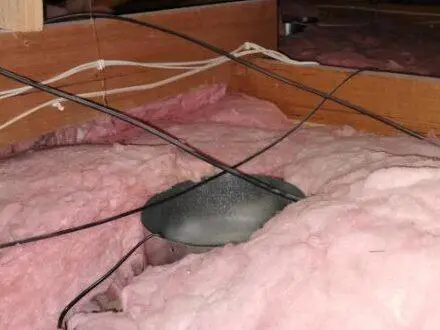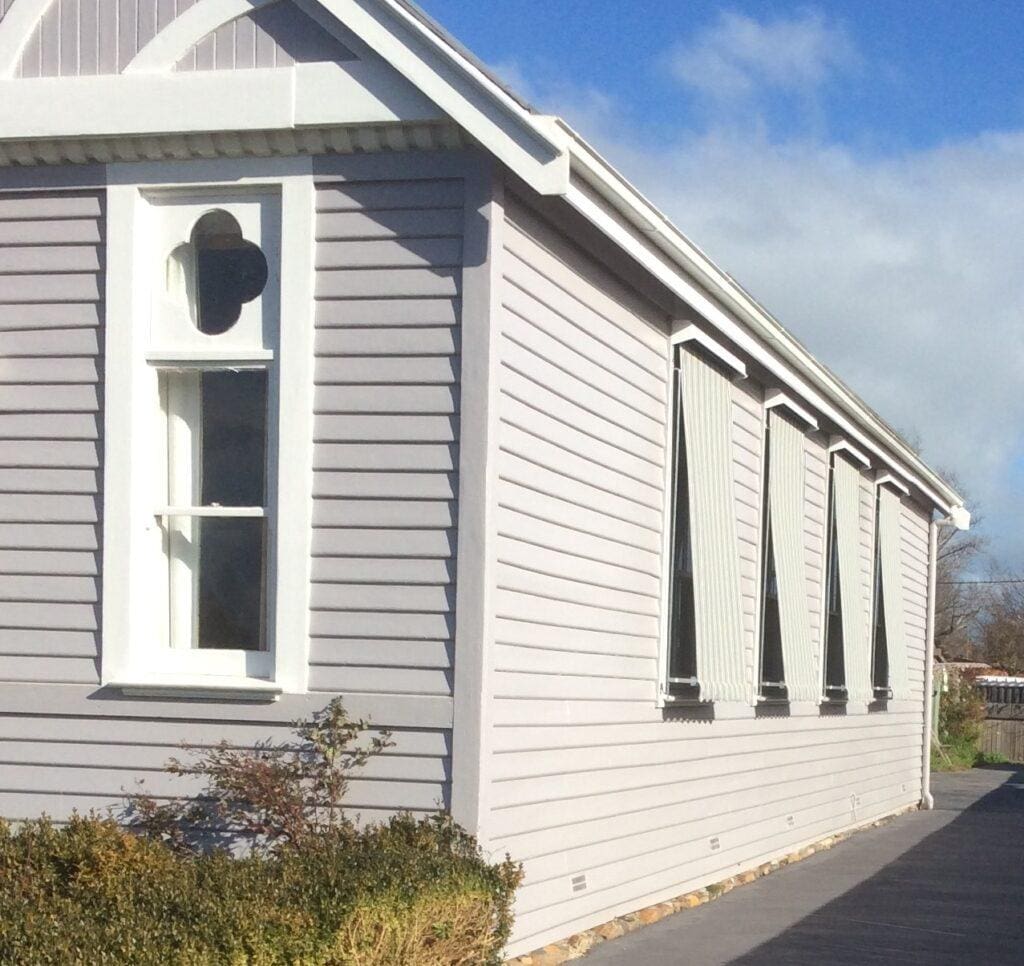
HEG™ Helps With Heat Loading Issues in Homes!
Heat Pumps, Cool Air Transfer & “Heat Shield” Ceiling Insulation
A common issue at this time of year are bedrooms or other rooms overheating in the afternoon. This leads to lower comfort levels and restless sleep patterns for the unfortunate occupants.

- Warm rooms disrupt regular sleep patterns

- How can I keep cool at night in summer?
Overly-hot bedrooms are caused by sun streaming into west-facing rooms, and the air stagnating (not being flushed out, and not replenished by cooler air). The air temperature is then able to ratchet up, which eventually heats up all of the solid objects in a room – the bed, desks, walls, cupboards… even the floor!
Because the solid items in a bedroom act as a thermal mass, the bedroom in summer becomes the equivalent of a hot water bottle, releasing the heat overnight even when the sun is not there.

No, not your thermal mass… the walls, ceilings, floors, furniture and beds in a bedroom heat up when exposed to hot air and radiant sunlight for too long. This heat is released at night when you’re trying to get some sleep!
Luckily, HEG has over a decade of experience at reducing heat load issues in homes. The solutions that work in summer also allow for much more comfortable rooms in winter when outside temperatures plummet and warmth is required in the rooms.
HEG generally uses a combination of these solutions to tackle overly-warm bedrooms in Tasmanian homes… We like to inspect a home, or at least discuss the issues that you are encountering with you, before recommending a solution or combination of solutions. Each home is different!
Upgraded bedroom downlights & plug with ceiling insulation
Old-style halogen downlights generally have a 30cm hole in the insulation above them. This makes them act like stove hotplates in summer, radiating heat down into the home via the ceiling plaster. By upgrading the downlights to insulation-rated “cool touch” LED downlights, we are then able to safely fill the gaps in the ceiling insulation. The insulation acts like a heat shield, which prevents the ceiling plaster from heating up to such a degree.

cylinder in this picture is surrounding a halogen downlight, which leaves a hole in your ceiling insulation. This allows the ceiling plaster to get really hot in summer, which in turn heats up the rooms that the downlights are in. By replacing it with an insulation-rated LED downlight, the gap can be safely filled in, and the insulation forms a protective barrier to stop the heat.
Ensure a good thickness of ceiling insulation
Thin ceiling insulation (typically that which is equal or less than the height of the ceiling joists) is about half to one-third the height and effectiveness of new-house ceiling insulation levels. The higher the ceiling insulation, the less it allows heat to transfer through. With ceiling cavity air temperature commonly reaching above 60 deg C in summer, and roofs radiating heat onto the ceiling if it gets the chance, we find that house temperatures DECREASE by approx 6 deg C during the middle of the day when ceiling insulation is topped up.

These ceiling insulation batts are lower than the 10cm-high wooded ceiling joists, so desperately need a top-up to adequately prevent heat ingress in the home during summer, and to better keep heat in the home during winter.
Heat Pumps (Reverse Cycle Air Conditioners) provide quiet cooling
All heat pumps (air cons) have a cooling mode. HEG often adds larger heat pumps into living rooms, or installs house-wide fully-ducted heat pumps or installs smaller heat pumps in bedrooms or home offices.

A tip when adding heat pumps in bedrooms – ensure that they can go down to a temperature of 16 degrees or lower for the heating mode. This means that a base minimum temperature can be maintained in winter. We find that heat pumps that have a minimum of 18 degrees on the Heat Mode keep the bedroom too warm for comfortable sleep. The WHO (World Health Organisation) recommends a 17 deg C sleeping air temperature.
Adam Hirst, HEG Master
Circulate cooler air from the living room to bedrooms
If you already have good ventilation in your living room, or you already have a heat pump on cooling mode, then you know that it can sometimes be frustrating that the cold air doesn’t readily transfer to bedrooms. One of the specialist areas of HEG is to install cost-effective air transfer systems which allow cool air from the main heat pump to be utilised in bedrooms. These systems do the opposite in winter, transferring heat from your living room to bedrooms.

In summer, cool air from the living room (far left) is transferred to the bedrooms via insulated ducting. Because air is continually flushed out of bedrooms, the heat load is less and cannot substantially warm up the thermal mass of the bedrooms. This leads to a more comfortable overnight temperature and better sleeping patterns for the household occupants. In winter, warm air is transferred to bedrooms.
Window Awnings and Motorised External Louvres
Preventing the sun shining onto the windows is a great preventative measure. Awnings create shade on all or part of the window at certain times of the day. External motorised louvres can prevent any sun from getting on windows, and has the following benefits:
- Reflection of radiant heat / sunlight during summer, which keeps the windows cooler, and prevents overheating of west-facing rooms in the afternoon.
- Security;
- Retention of heat within the house during cooler months – they act like de facto double glazing;
- Acoustic insulation from road or neighbour noise; and
- Prevention of window condensation, which leads to less mould and better air quality.

Roller Shutters come in a range of colours and are customised for individual window dimensions

- Thank you to John and Sally Vandenberg of Longford who kindly sent HEG a photo of their window awnings. After insulating the walls and ceiling in combinations with the awnings, they indicated that the rooms were comfortable in all seasons.
SHARE
Post navigation
